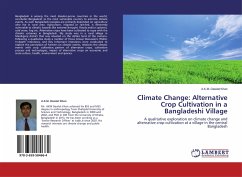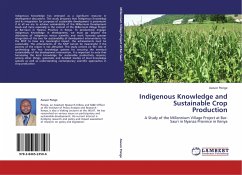Crop diversity is the variance in genetic and phenotypic characteristics of plants used in agriculture. Crops may vary in seed size, branching pattern, in height, flower color, fruiting time, or flavor. They may also vary in less obvious characteristics such as their response to heat, cold or drought, or their ability to resist specific diseases and pests. It is possible to discover variation in almost every conceivable trait, including nutritional qualities, preparation and cooking techniques, and of course how a crop tastes. And if a trait cannot be found in the crop itself, it can often be found in a wild relative of the crop; a plant that has similar species that have not been farmed or used in agriculture, but exist in the wild. Diversity in a crop can also result from different growing conditions: a crop growing in nutrient poor soil is likely to be shorter than a crop growing in more fertile soil. In addition, and perhaps most importantly, diversity of a harvested plant can be the result of genetic differences: a crop may have genes conferring early maturity or disease resistance.
Bitte wählen Sie Ihr Anliegen aus.
Rechnungen
Retourenschein anfordern
Bestellstatus
Storno








